
Purpura and the main causes
Purpura is a type of hemorrhagia in the skin tissue and layers beneath the skin. Depending on the size of the bleeding, there are several types of purpura, spotty bleeding, which is called petechiae, while bigger ones are called ecchymosis. Generally, bleedings are mild and not dangerous to a life of the patient.
Mechanisms that lead to purpura include blood vessel injury caused by trauma (mechanical cause, UV rays, infection, embolia, allergy, inflammation) and medications that can also lead to purpura. Another mechanism is based on reduced quality of mechanical integrity of blood vessels. Factors that lead to this type are age, steroids, vitamin, dysfunctional connective tissue, amyloidal tissue, hormones, etc. Third mechanism relies on the increased transmural pressure (acute and chronic form). Transmural pressure happens in the moment of coughing, vomiting, weight lifting, baby delivering and the symptoms of this type are visible on the face, neck, chest etc.
Mechanical force is a frequent cause of purpura and it has to have a minimum of intensity in order to damage the wall of the blood vessel. Infections caused by bacteria, viruses, parasites can be the etiological factor of purpura. In this type of mechanism, direct invasion of the body is performed with a toxic effect on the vessel.
Types of purpura
Allergic purpura is typical of the serum illness (autoimmune disease) and in some forms of rash (morbilliform and urtica type). Contact dermatitis with allergic reaction that occurs in touch with rubber, clothes and chemicals also ends in purpura. There is also senile purpura, which cause is reduced elasticity in the blood vessels’ walls due to less collagen and long exposure to sun. No vitamin C in the organism results in problems in the creation of collagen, elasticity protein and that leads to Petechiae and purpura bleeding, oral bleeding and also bleeding in urinary and digestive pathway. Purpura simplex happens often in women and appears in the time of menstrual period. This type is explained with the hormonal influence that is present during the menstrual cycle. If the menstruation is painful, taking NSAID for pain relieving additionally creates excellent environment for purpura simplex.Hereditary factors should also be mentioned as the possible causes of purpura. This is specially applied to inherited problems with collagen creation and function. Chronic venous path in the lower extremities can lead to purpura, and later on to hyper pigmentation of the skin. Purpura can also affect people on the high altitude, because of the lower extra vascular pressure.


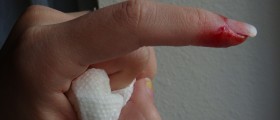
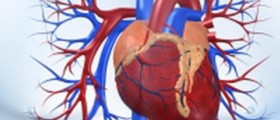
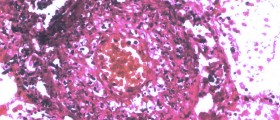

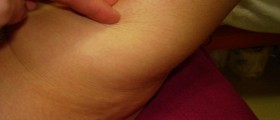





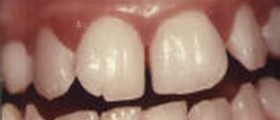

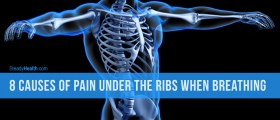
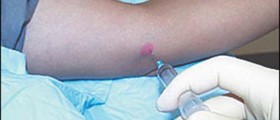

Your thoughts on this
Loading...